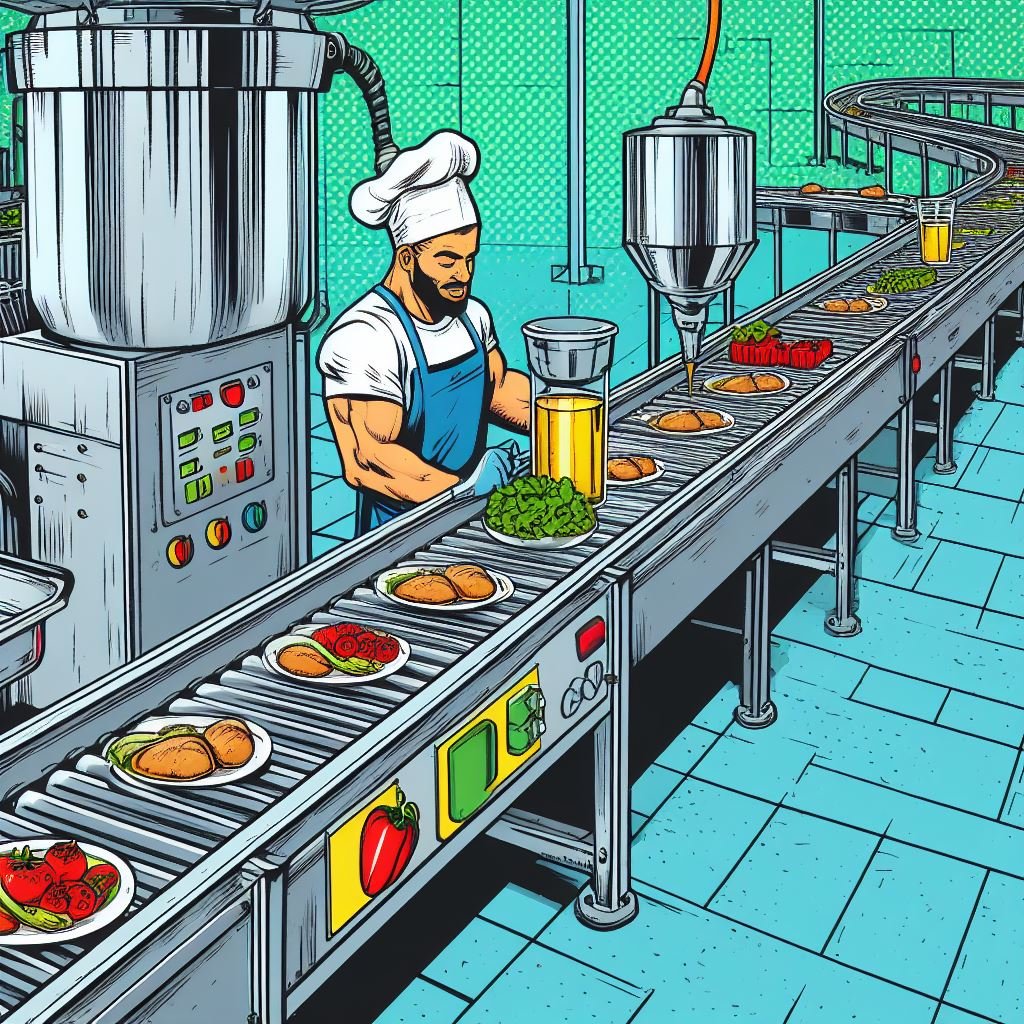How to Plug Leaking Time
In the Spring of 2016, a college student striving to become an Instagram fitness influencer accidentally discovered a way to save hundreds of dollars AND hours of the week. Consumed with the idea of building his ideal body, he began to prepare his meals ahead of time. Brown rice and grilled chicken. After multiple weeks of this disciplined and incredibly boring routine, he began to incorporate different spices, vegetables, and low calorie sauces to add some pizzazz to his chicken and rice and eventually began creating low calorie alternatives to many popular meals from chicken parmesan to shrimp tacos and even red Thai curry.
What’s special about these meals is not the fact that they are delicious or healthy! What makes them special is that he and his now wife are able to cook the meals to feed four people for an entire week in a matter of hours. They do this while also reducing spending on groceries by hundreds of dollars and minimizing the amount of dishes throughout the week. Imagine what it would be like if the monotonous tasks that consume all your time and the seemingly necessary expenses that keep things running were able to be reduced by 25% or more…
As the former college student who started my “meal prep” routine in 2016, I’m super excited to share with you the power of batch production and how it can impact your business and your life.
Principle
In no industry is the value of batch production more recognizable than in manufacturing. In this business, the income is tied to how many quality parts are able to make it off of the assembly line in a given time period, and so every single second is counted, measured, and analyzed. This is especially easy to measure when the machinery that does the producing is able to track the time for each individual part and provide all kinds of data that would then be analyzed as key performance indicators (KPIs - Read last week’s issue: “You Can’t Improve What You Don’t Measure”). When the process has been optimized and the machine is running smoothly, it is basically printing money.
With that being said, if the machinery is ever not running or producing parts, it can cost the business owner thousands of dollars for every minute it is down. This can get complicated when multiple parts may need to be produced on the same line or by the same person and therefore, require changeovers to convert the line. In order to avoid this, the schedule is built so that production has as few changeovers and as little downtime as possible.
Application
Similarly to the manufacturing line, we as individuals can only produce so much in a given day and we can only be working on one thing at a time. To get the best return on that time, building a precise schedule is imperative! In jumping from one project to another, not only will there be dead time to perform the changeover, the ability to step into a productive flow state will also diminish. Let’s go back to our initial example.
This is why my wife and I do all of our cooking for the week in one sitting; it is not only a way for us to save money and make healthy meals, it allows us to increase efficiency and save time. If it takes 10 minutes to set up the kitchen and 30 minutes to clean up, we only spend 40 minutes a week in the “changeover” process while those who cook every night for dinner would be spending 4 hours and 40 minutes weekly in their non-productive “changeover” process (an 84% difference in time).
This applies to any project one is working on. As we’re launching new products, there are often times where I will have a lot of information to collect and organize. It is far more efficient for me to work on it for fewer large time windows than for a greater number of small time windows. To incorporate batch production into your life, consider the following:
How many different tasks am I trying to work on at a given time?
What is the optimal length of time a task can be worked on to get into a groove and also avoid burnout?
Where can I bundle similar tasks together in such a way to reduce “changeover time”?
Also... The Gaggle Strikes Back

